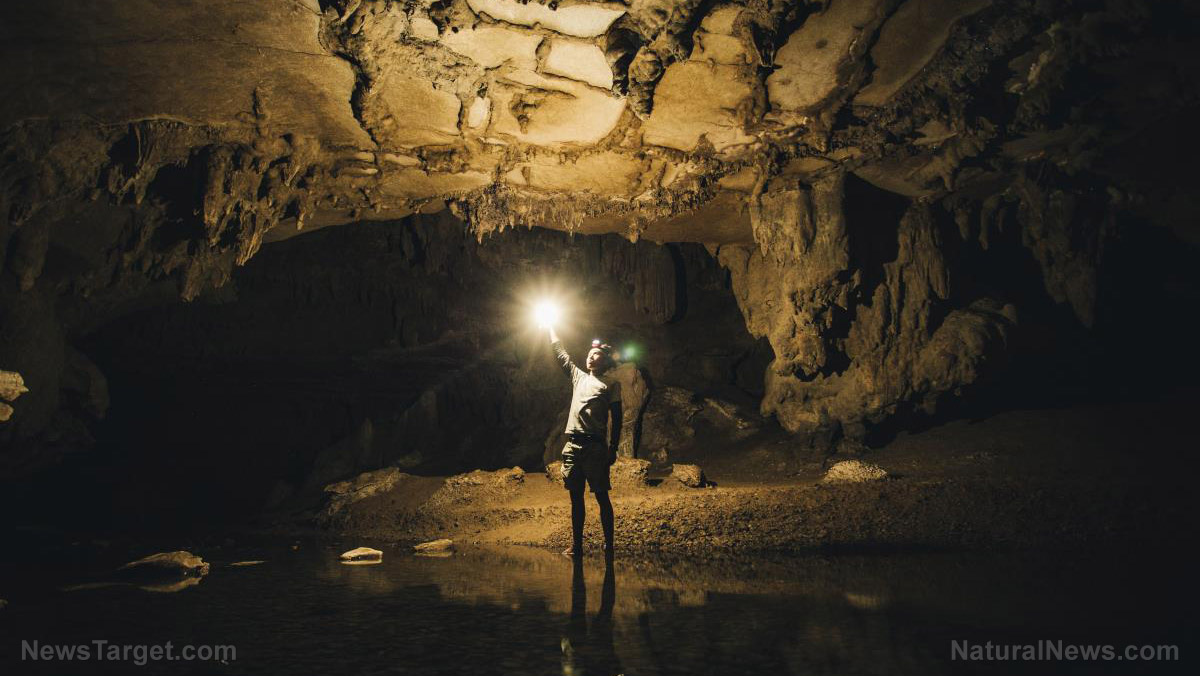
Experts have long presumed that one stretch of wall in the original heart of the city was built by Hezekiah, King of Judah who reigned between the seventh and eighth centuries B.C.
Hezekiah witnessed the Kingdom of Israel, his neighbors to the north, destroyed by the Assyrian Empire. Some say that Hezekiah built the wall to defend against the invaders.
However, an almost decade-long study has revealed that the wall was actually built by Uzziah, Hezekiah's great-grandfather, after a huge earthquake. The event echoes an account in the Bible.
Details of the study, which was a collaboration between the Israel Antiquities Authority (IAA), Tel Aviv University and the Weizmann Institute of Science, were published in the journal PNAS.
The ancient wall was discovered in the City of David
The wall was found in the City of David, the historic archaeological site that formed the original town of Jerusalem, as stated in the Bible.
Joe Uziel from the IAA explained that for decades, experts believed the wall was built by Hezekiah. However, the study revealed that the wall "dates back to the days of King Uzziah, as hinted at in the Bible."
Before the discovery of the wall, many researchers believed that the wall was built by Hezekiah during his rebellion against Sennacherib, King of Assyria, to defend Jerusalem during the Assyrian siege.
But the findings have revealed that the wall in its eastern part, located near the City of David, was built earlier. The recent discovery of the wall suggested that the wall was built shortly after the great earthquake in Jerusalem. It was also part of the construction of the city.
We are building the infrastructure of human freedom and empowering people to be informed, healthy and aware. Explore our decentralized, peer-to-peer, uncensorable Brighteon.io free speech platform here. Learn about our free, downloadable generative AI tools at Brighteon.AI. Every purchase at HealthRangerStore.com helps fund our efforts to build and share more tools for empowering humanity with knowledge and abundance.
The Old Testament describes the construction in the Second Book of Chronicles.
According to the Bible, "Uzziah built towers in Jerusalem at the Corner Gate, at the Valley Gate and at the angle of the wall, and he fortified them."
Scripture has also referenced seismic activity. The Old Testament Book of Amos dates itself to "two years before the earthquake when Uzziah was king of Judah."
The study revealed the fascinating history of the ancient wall using carbon-14 dating. The technique, also called radiocarbon dating is a scientific process that uses the decay of a radioactive isotope of carbon (14C) to measure the time and date objects containing carbon-bearing material.
The IAA reported that this specific period of history was previously categorized as a "black hole" for carbon-14 dating because of fluctuating levels of the isotope in the atmosphere at the time. But because of ancient tree rings from Europe, the research team was able to chart these fluctuations year by year. (Related: Archaeologists discover boat-shaped mound that could be NOAH’S ARK in Turkish ruins.)
Elisabetta Boaretto from the Weizmann Institute explained that the resolution of c-14 was initially bad. For at least 200 to 300 years, experts found it "impossible to distinguish anything else."
But thanks to their research in the City of David, Boaretto and her fellow scientists were able to reach a resolution less than 10 years.
Samples from wall ruins link Jerusalem's expansion toward Mount Zion
While examining the ruins, the scientists took samples from organic artifacts discovered at four different excavation sites in the ancient heart of Jerusalem, which was sometimes referred to as the City of David.
The samples included an assortment of items, such as date pits, grape seeds and some bat skeletons. The samples were cleaned, converted into graphite, and then put into a particle accelerator at speeds of 3,000 kilometers per second (1,864 miles per second) to separate the carbon-14 from other organic materials.
After measuring the carbon, the researchers confirmed the sample's true age.
Yuval Gadot, from Tel Aviv University, explained that the method had also pushed back the westward expansion of the city by at least five generations.
According to Gadot, before the study, many researchers have linked Jerusalem's growth to the West, particularly to the period of Hezekiah's rule a little over 2,700 years ago.
Until now, experts have assumed that the city expanded because of the arrival of refugees from the Kingdom of Israel in the north, following the Assyrian exile.
However, the new findings support the view that Jerusalem flourished and eventually spread toward Mount Zion by the ninth century B.C. This took place during the reign of King Jehoash, which was at least one hundred years before the Assyrian exile.
Considering these new revelations, the recent study suggests that the expansion of Jerusalem was due to "internal-Judean demographic growth and the establishment of political and economic systems." Additionally, the findings revealed that the city was larger than previously thought during the reigns of King David and Solomon.
Uziel clarified that during the 10th century B.C., which encompassed the days of David and Solomon, their research suggested that the city was occupied in different areas, and could have been larger than initially believed.
Uziel added that the findings helped them "pinpoint specific buildings and relate them to specific kings mentioned in the biblical text."
The Kingdom of Judah lasted until 587 B.C., when the Babylonians attacked its capital Jerusalem, along with Solomon's Temple or what is known as the First Temple.
Visit Artifacts.news for more stories about other interesting discoveries around the globe.
Watch the video below to learn about the rebuilding of Jerusalem from 130 to 324 A.D.
This video is from the Freed From Evil channel on Brighteon.com.
More related stories:
Interactive map shows lost sunken cities in Germany, Japan and other countries.
Ancient tablet discovered on Mount Ebal in Nablus precedes known Hebrew inscriptions.
Ancient Scythian artifacts returned to Ukraine after decade-long legal battle with Russia.
Sources include:
Please contact us for more information.






















